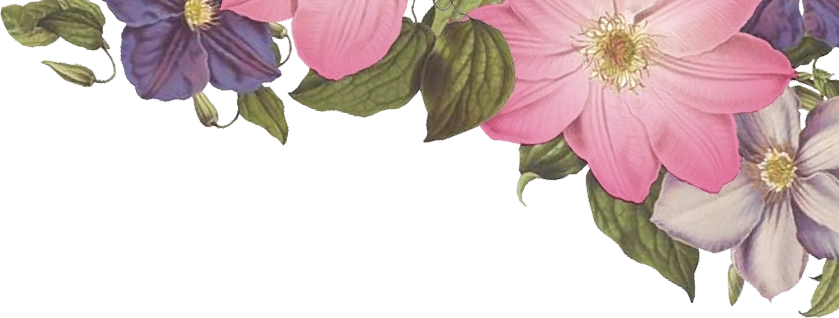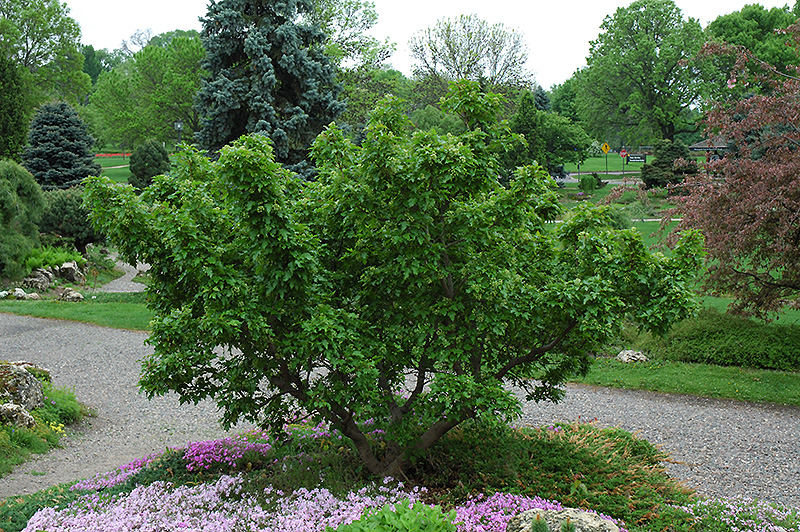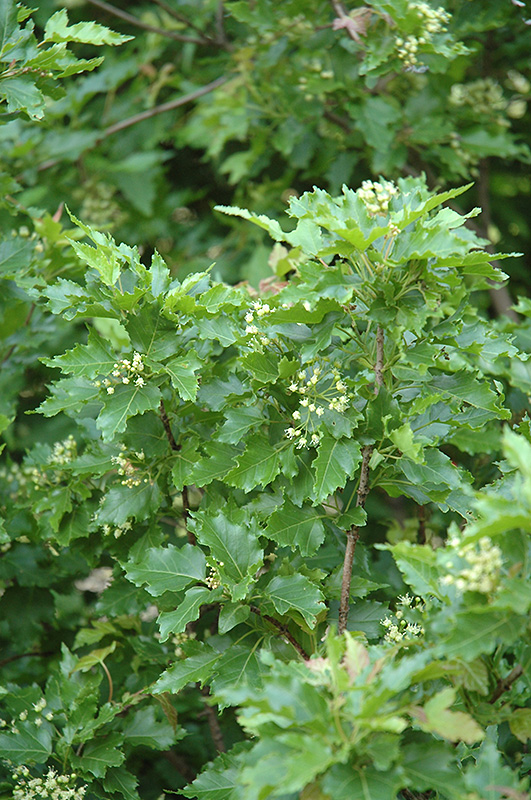WHAT WOULD YOU LIKE TO PLANT?
Emerald Elf Amur Maple
Acer ginnala 'Emerald Elf'
Height: 6 feet
Spread: 6 feet
Sunlight:
![]()
![]()
Hardiness Zone: 3
Description:
A dwarf form of the species with a dense growth habit and deep reddish-purple fall color; just the right size for garden or accent use, even in a foundation planting as a fall color accent, makes a great hedge
Ornamental Features
Emerald Elf Amur Maple is primarily grown for its highly ornamental fruit. It features abundant showy red samaras in late summer. It has dark green deciduous foliage. The small lobed leaves turn outstanding shades of scarlet, dark red and deep purple in the fall.
Landscape Attributes
Emerald Elf Amur Maple is a dense multi-stemmed deciduous shrub with a more or less rounded form. Its relatively fine texture sets it apart from other landscape plants with less refined foliage.
This is a relatively low maintenance shrub, and should only be pruned in summer after the leaves have fully developed, as it may 'bleed' sap if pruned in late winter or early spring. It has no significant negative characteristics.
Emerald Elf Amur Maple is recommended for the following landscape applications;
- Accent
- Mass Planting
- General Garden Use
Planting & Growing
Emerald Elf Amur Maple will grow to be about 6 feet tall at maturity, with a spread of 6 feet. It tends to fill out right to the ground and therefore doesn't necessarily require facer plants in front, and is suitable for planting under power lines. It grows at a slow rate, and under ideal conditions can be expected to live for 50 years or more.
This shrub does best in full sun to partial shade. It is very adaptable to both dry and moist locations, and should do just fine under average home landscape conditions. It is not particular as to soil type or pH. It is highly tolerant of urban pollution and will even thrive in inner city environments. This is a selected variety of a species not originally from North America.




